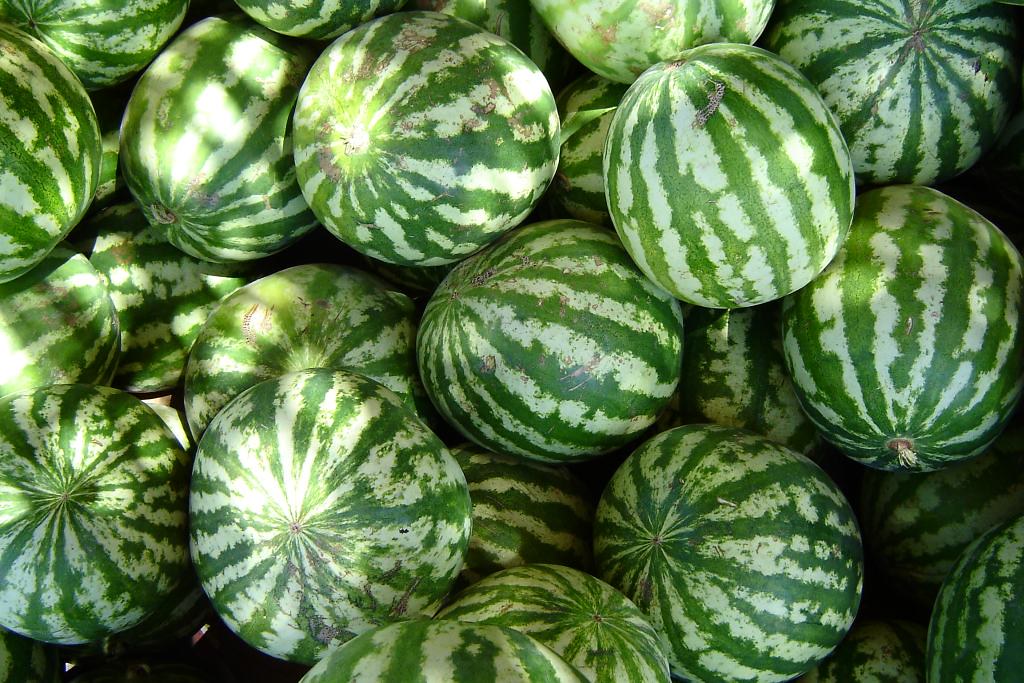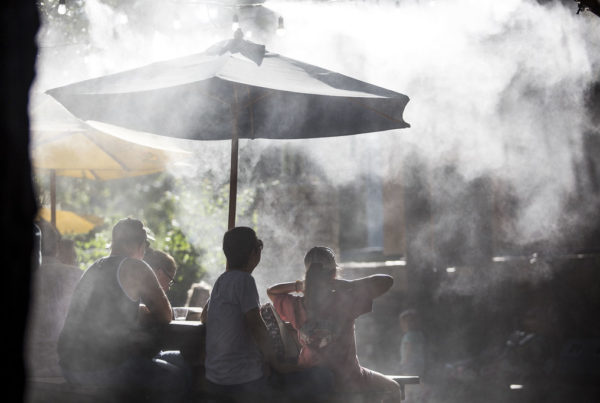Texas melons are expected to be especially good this year ahead of the Fourth of July holiday, but melon producers say overall yields are down, according to a report from Texas A&M AgriLife Extension.
While experts say watermelon and cantaloupe quality are high, some other crops have been affected by issues that include a hailstorm that damaged honeydew in the Rio Grande Valley, as well as hot and windy weather in Central Texas that has also impacted production. And growers are already navigating high production costs and stagnant market prices: The cost of fertilizer, fuel and labor have all increased this year.
Juan Anciso, a professor and horticulturist with the AgriLife Extension, joined the Texas Standard to discuss Texas’ statewide melon production. Listen to the interview above or read the transcript below.
This transcript has been edited lightly for clarity:
Texas Standard: What’s to blame for these mixed messages from the field? We have sweet melons, but not as many as in the past.
Juan Anciso: Well, each season is different. There are some seasons when the vines keep going, some seasons where the vines kind of cut out. This year, we did have some stormy weather and there was some injury due to hail. So, all that kind of cuts into the production.
I thought you were going to talk about the economic conditions and the high temperatures.
Well, I mean, these melons are grown with irrigation. So actually, we like it to be dry as long as the growers have access to water to irrigate the melons. And so, we’ve been dry, which is a criteria to have sweet melons, because when it does rain, it does interfere with the quality and the sugar content of melons.
This report says watermelons experienced above-average yields, but a lack of new-growth watermelons. What’s going on?
There were a lot of reasons why some growers kind of delayed in harvest, and a big part of that reason was labor to go harvest these watermelons. So, some fields were a week to 10 days late in getting in there and harvesting. So, when you do that to a watermelon field, for example, your yields go up because you have a lot of more mature melons and bigger melons as well. But at the same time, it kind of cuts the plant off. In other words, it’s giving all its fruit, all its energy, kind of like in the front. So, the first cuts and second cuts were good, and it kind of tapered off after that.
I hear cantaloupe is supposed to taste great this year, but a lot of it went to waste.
We did have a storm that came in May that brought hail to certain areas of the Rio Grande Valley. And those fields that did have, for example, honeydews and watermelons, they were injured. So, they were nicked or dented, so that was cosmetic (damage). They will not last long in the store because they have a slight injury. There was nothing wrong, (but) commercially they could not be sold.
If you have more watermelons and they taste better, I would think demand would be up. But then you have fewer melons to go around. What are we looking at, price-wise?
There’s a lot of factors there that gets into that price. But for the growers, you know, our prices have been coming down. And again, part of that is because other parts of the country are producing watermelons and other types of melons. So, the price drops overall to the grower. You know, what you see at the store sometimes is a reflection that there’s a low supply, so, the prices are higher. And sometimes you just see prices there that don’t make sense as to what’s going on, at least what the growers are getting paid. But looking at the prices, I know that they’ve been a little bit above normal, as much as $8 a watermelon, which is in my opinion, quite a bit for a watermelon. But I know that my daughter told me she bought one over the weekend and it was extremely sweet. It was from the Rio Grande Valley. So, I would say expect some very high-quality, sweet-tasting melons for the price that you are paying.













